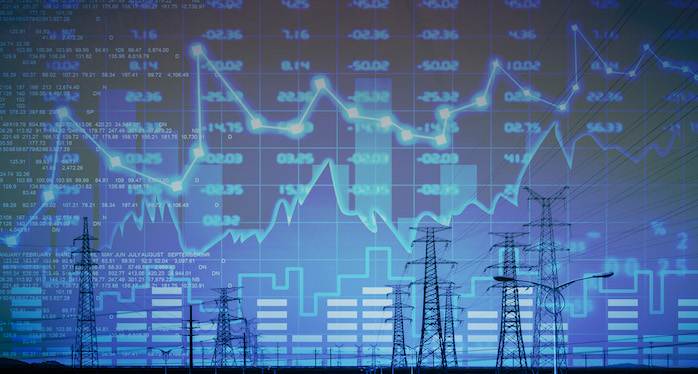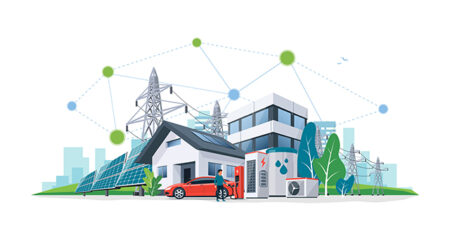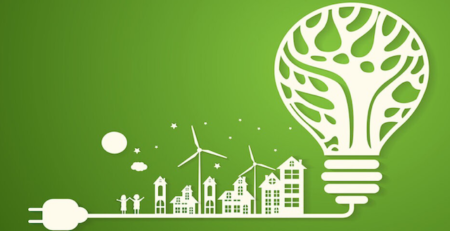The energy market in Italy: background and future trends
The following article will provide a short overview of the energy market in Italy, starting from its recent history, to the production and demand of energy in Italy, to how the energy is dispatched, and by whom. Finally, a short comment on possible future scenarios will be offered.
The historical background
In Italy, the energy market has a very recent history. It was introduced by Legislative Decree No 79 of 16 March 1999, which implemented the Directive 96/92/EC of the EU Parliament and Council, which established the creation of common rules for the EU single energy market
Nowadays, the so-called “free” market (where the price is determined based on competitive market dynamics) and the “regulated” market (where the price is determined every 4 months by the competent Authority). Residential customers can choose one or the other at their discretion, while for Micro Enterprises, SMEs and Large Enterprises there is only the option of being supplied in the free market structure. The same will happen for the residential market and the transition will be complete in 2023. The main differences between the two markets are that, in the Free Market, customers are “free” to choose their supplier, and each supplier establishes a price based on the demand and the offer on the “Power Exchange”, where energy is bought and sold “wholesale”.
The numbers
Some useful numbers can be provided to convey a general idea of the energy sector in Italy.
In 2019, gross national production of electricity was 293,853 GWh per year, of which 60% was obtained from non-renewable thermoelectric production, 0,6% from hydroelectric pumped-storage production, and 39,4% from renewable sources. However, the electricity demand was 319,622 GWh, meaning that domestic production covered only 88.1% of domestic demand, the remaining part was imported from abroad. In 2019, the number of operators in the Energy Distribution sector, which manage the Medium and Low Voltage network in public concession, up to every single User’s meter, was 127, while the number of sellers was 723. The free market represents 52.1% of final customers, and consequently, the market for major protection (where the price is periodically determined by the Public Decider) reaches 47.7% of final customers.

The Structure
Let’s take a step back: how do sellers of electricity negotiate the raw material mentioned? Through the “wholesale” electricity market, where Authorised Operators buy and sell large quantities of electricity daily. The statutory corporation which manages and guarantees the operation of this “Energy Exchange ” is the GME: “Gestore dei Mercati Energetici” (Italian Power Exchange).
How it works
The Electricity Market, is divided into:
- The Spot Electricity Market, which in turn is divided into the Day-Ahead Market (MGP), the Intra-Day Market (MI) and the Ancillary Services Market (MSD). The main feature of this market is the extremely narrow time interval, i.e. “daily”. It is important to highlight that the main shares of energy sold are settled at a certain price the day before the actual delivery, which explains the name “Day-Ahead Market”.
- Energy futures market, which enables the trading of energy shares over more extended time horizons than the daily ones offered by the Spot Market.
- A platform for the physical delivery of financial contracts concluded on the IDEX
- Forward Electricity Account Trading Platform (PCE)
Through the Electricity Market, therefore, it is possible to negotiate electricity electronically at the wholesale level. From this trading comes the energy price, i.e. the balance price obtained from the encounter between the electricity price demand and the price offered by the operators. This allows the electricity supply and withdrawal schedules to be defined according to competitive market logic.
What will happen in the future?
How is the energy market going to change in the future? Most likely, the increase in installed capacity of renewable energy sources, together with the growing number of prosumers, will influence the energy market leading to new market mechanisms more open to final users. Initiatives such as Smart2B will drive the change. Potentially, Smart2B will transform buildings into vital elements of the energy market, by allowing a bidirectional energetic flow and interconnection with the whole system. This will drastically reshape the market as we know it, providing new, revolutionary business models and enhancing active contribution of the buildings through flexibility services.













